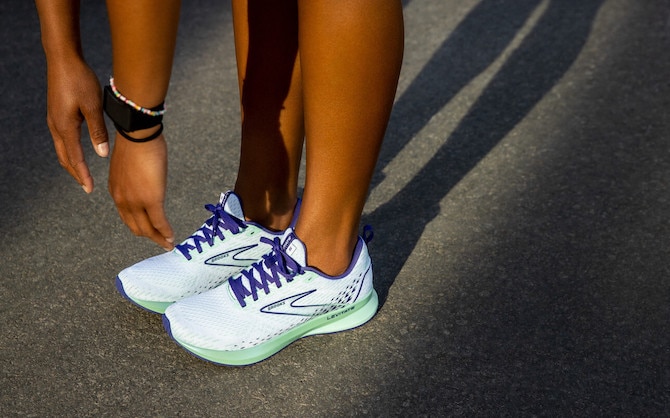What is the difference between static and dynamic stretching?

Remember back in gym class when stretching was just stretching? Those were the days. Since then, exercise experts have been hard at work uncovering the best ways to stretch in order to improve performance and prevent injury. They've found the two main types of stretching, static and dynamic, offer very distinct advantages and disadvantages.
So, what is the difference between static and dynamic stretching? Unlike the bend-and-hold static stretches you already know and love, dynamic stretches work your flexibility and mobility while also keeping you moving.
For example, if you want to stretch your glutes, a traditional static stretch has you lying on your back and hugging your knees to your chest one at a time for a minute or so. With dynamic stretching, you might walk across the room using only your leg muscles to raise one knee, then the other, as high above the floor as possible.
Dynamic stretching is exactly that — there's a lot going on. You're loosening up your muscles but instead of holding a stretch in place, you're moving (safely) in and out of it while staying mobile.
The benefits of dynamic stretching before a run
Why would you opt for dynamic stretching over hold-it-right-there stretches before a run? Because you're warming up for exercise. Before workouts, dynamic stretches improve how well your muscles and joints move while boosting blood flow and prepping your body for the work that's to come.
Dynamic warmups can also reduce your risk of exercise injury. If you go into workouts with cold, tight muscles — as tends to be the case after static stretches — it's much easier to pull or strain something.
Where to start? Some of the best dynamic stretches for runners include leg swings, lunges, air squats, high knees, and butt kicks. The beauty of these moves is they all work your body in ways that replicate running, which helps you nail an efficient, safe form and make the most of your run.
Reserve static stretching for cooldowns
Dynamic stretching is best before running workouts, but that doesn't mean you should forgo static stretching altogether. Instead, do stretches like quad pulls and toe touches at the end of your sweat sessions to lower your heart rate and relax tight muscles. Bonus points if you also perform them on recovery days to help nix muscle soreness.
With this new knowledge, you're well-equipped for safer, more effective warmups and cooldowns. Continue reading for more detailed dynamic warmups to incorporate into your routine.
Our writer's advice is intended for informational or general educational purposes only. We always encourage you to speak with your physician or healthcare provider before making any adjustments to your running, nutrition, or fitness routines.





